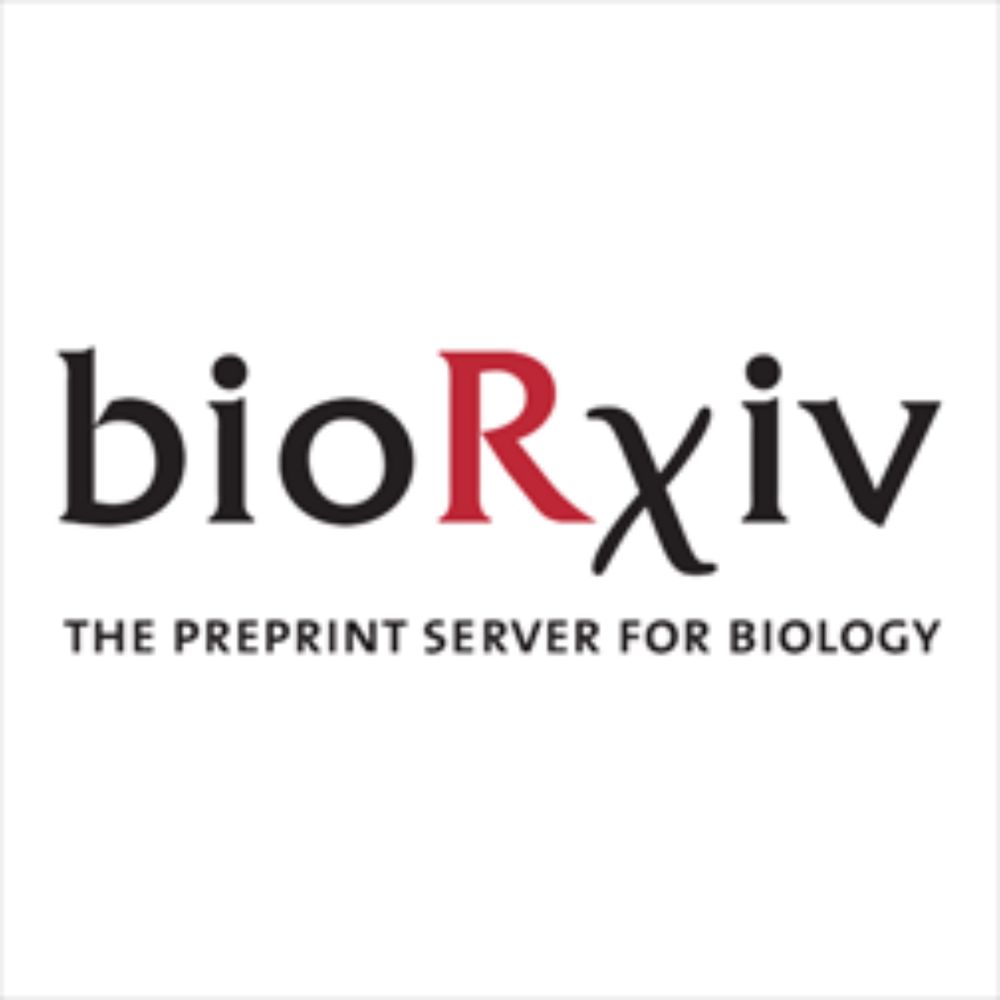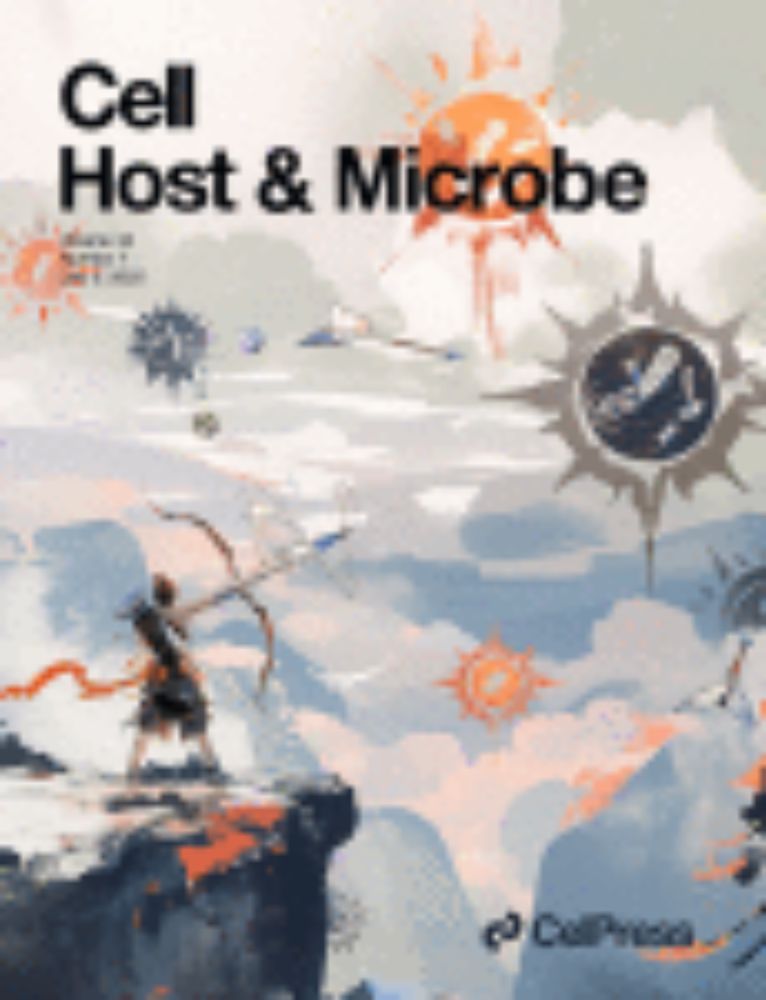
Theory of host-microbe symbioses: Challenges and opportunities
Growing insight into microbial symbioses highlights the need to model these systems mathematically. We discuss three areas requiring theoretical advan…
Trainees and faculty that I had the privilege to be a part of did something quite special. The context here is that experimental and theoretical biologists were in a room together on Coconut Island, Hawaii for 3 weeks to hammer out a vision #holobiont theory. 🧵
www.sciencedirect.com/science/arti...
10.07.2025 13:06 — 👍 11 🔁 5 💬 1 📌 0
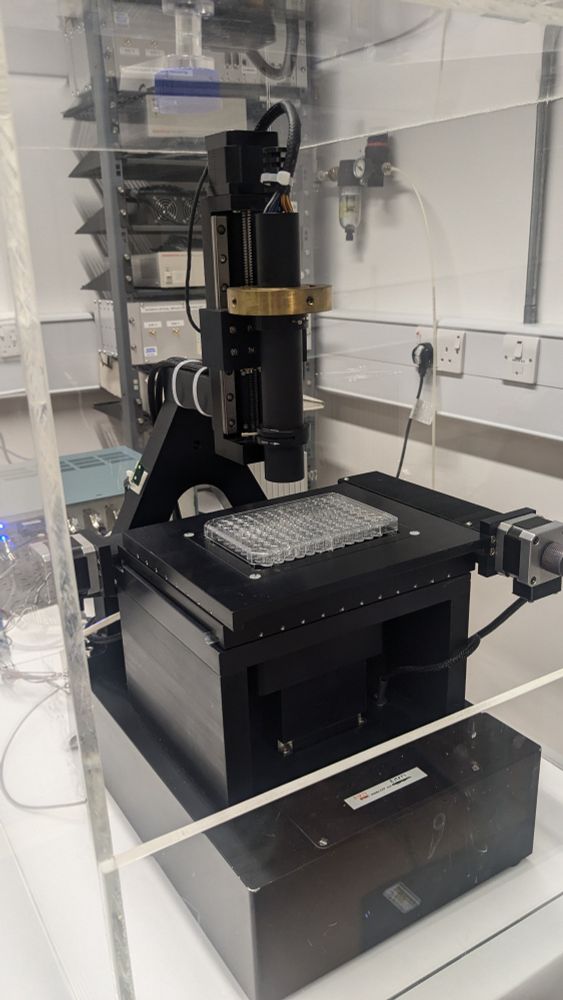
Custom made microscope setup to live image samples from a 96 well plate
Spent the week in Cambridge with @benkinsjenkins.bsky.social testing this custom made microscope to live image Aiptasia larvae. Got some cool videos that we hope to share very soon! Thanks for hosting me Ben!
04.07.2025 07:43 — 👍 6 🔁 1 💬 0 📌 1
Coral spawning up close from my travels to Okinawa at this time last year. 😍 I learned a lot about coral fieldwork and gained valuable insights into immune mechanisms of symbiosis establishment, can't wait to go back! #SymbioSky
30.05.2025 05:00 — 👍 13 🔁 4 💬 0 📌 0

Call for Session Proposals
1/6 Call for session proposals
16th International Coral Reef Symposium, 19–24th July 2026, Auckland, Aotearoa New Zealand.
Session proposal deadline: Sunday 15th June 2025.
Details and submission link at www.icrs2026.nz/call-for-ses...
05.05.2025 21:22 — 👍 5 🔁 8 💬 1 📌 0
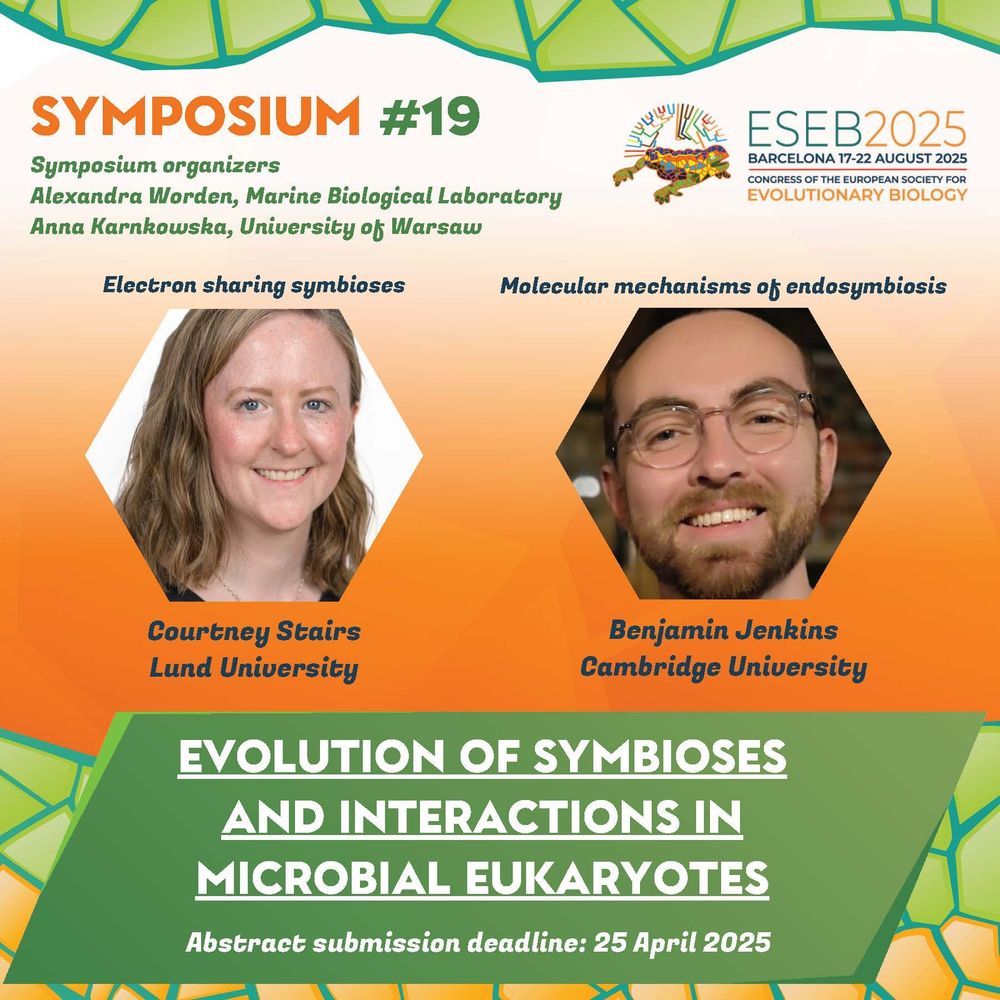
🚨 Just under two weeks left to submit your abstract for ESEB2025 - don’t miss the chance to be part of the Symposium on the Evolution of Symbiosis and Interactions in Microbial Eukaryotes 🦠🔬
📅 Abstract deadline: April 25, 2025
🔗 More: eseb2025.com/list-of-symposia
#ESEB25 #Symbiosis #ProtistOnSky
14.04.2025 08:06 — 👍 16 🔁 8 💬 1 📌 2
I've been busy the last couple years developing Aiptasia as a genetically tractable model organism to study corals. Here you can see me injecting CRISPR-Cas9 into these fragile little Aiptasia zygotes. Hopefully soon we will have our very first mutant lines!
14.04.2025 14:19 — 👍 8 🔁 1 💬 0 📌 0
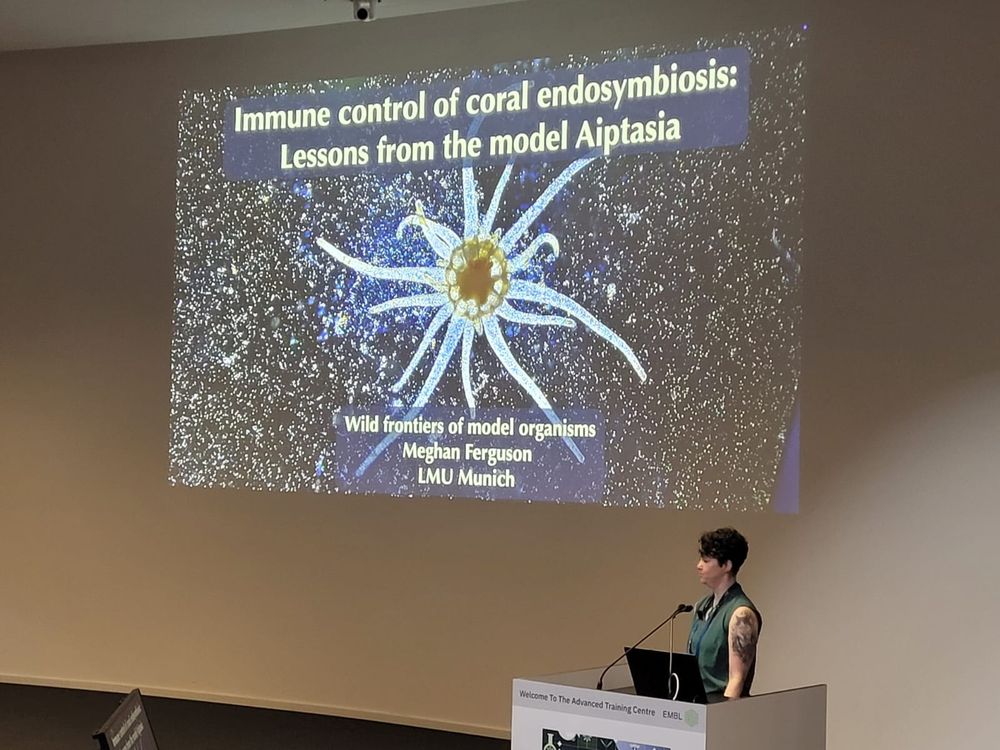
A picture of an Aiptasia anemone with their dinoflagellate symbionts shining like stars in the surroundings being presented by Meghan Ferguson
Was a pleasure to present my work on immune regulation of symbiosis in corals and anemones at the Wild frontiers of model organisms conference hosted by @events.embl.org Highly recommend you checking out this event again in 2027! #EESWildModels
11.04.2025 11:46 — 👍 6 🔁 1 💬 0 📌 0
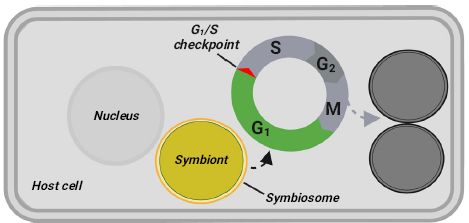
Cell cycle arrest in the cnidarian-dinoflagellate symbiosis.
Corals maintain stable populations of essential photosynthetic symbionts by controlling their cell cycle, not by eating them! Our new #PNAS paper monitored and modelled #aiptasia cell cycle, autophagy, and expulsion for over a year. #symbiosis #microbiology www.pnas.org/doi/10.1073/...
04.04.2025 00:04 — 👍 29 🔁 14 💬 2 📌 0
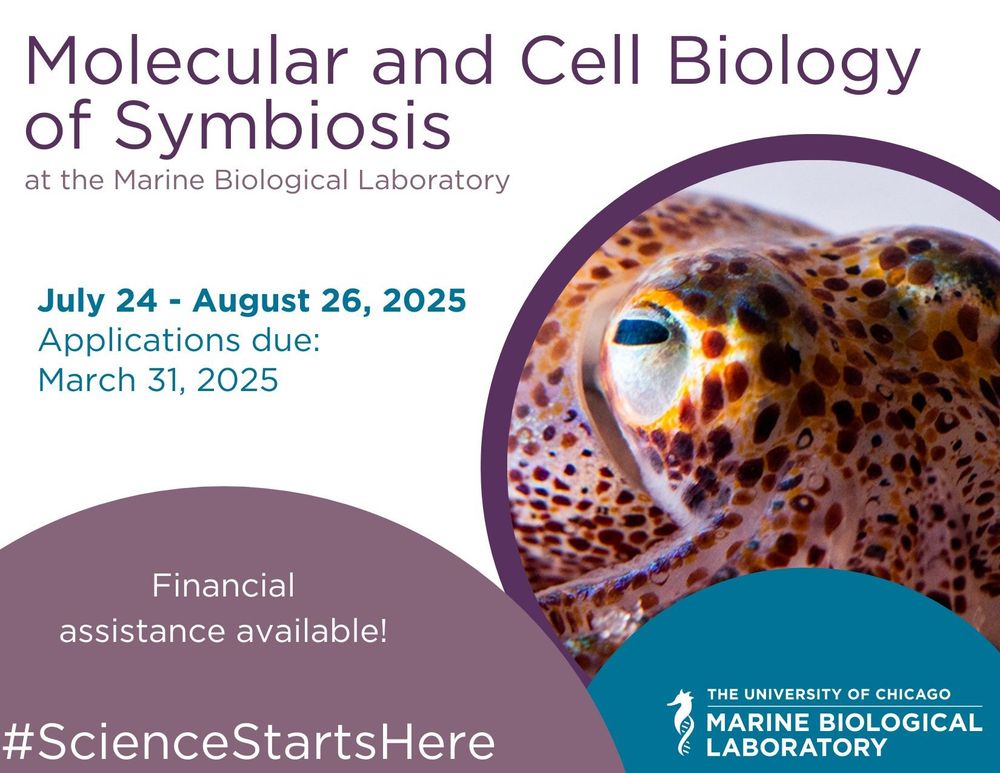
A flyer for the MBL's 2025 Molecular and Cell Biology of Symbiosis course, which will run July 24 to August 26, 2025. Applications are now due March 31, and financial assistance is available. The image also includes the hashtag #ScienceStartsHere, a logo for the MBL, and a picture of a cephalopod
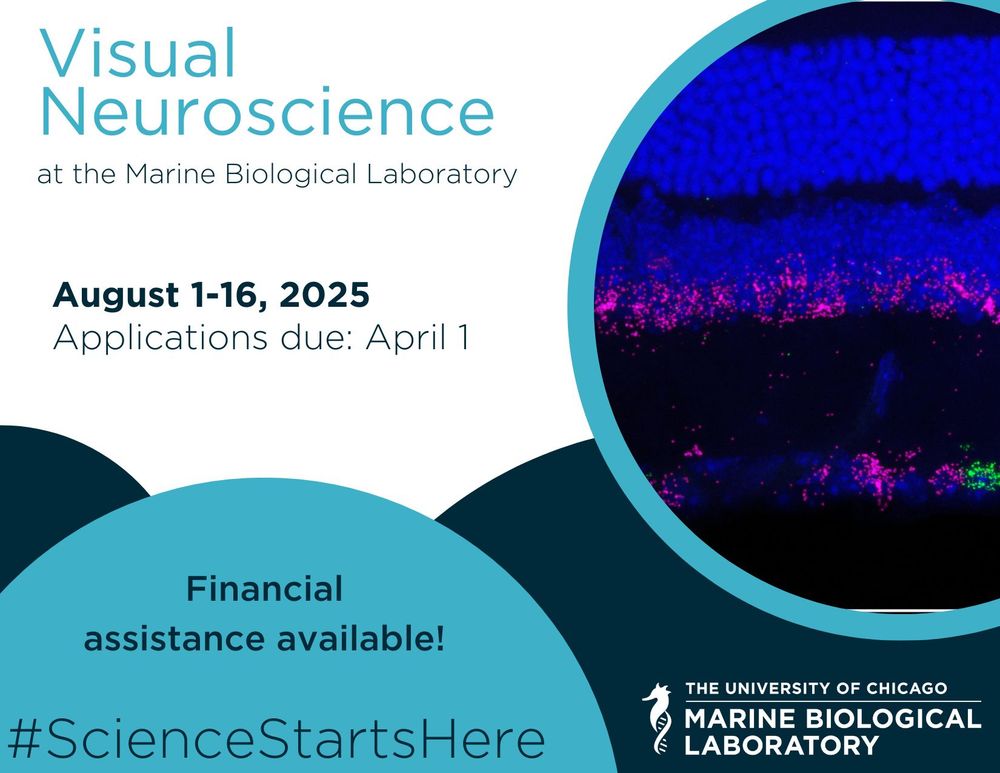
A flyer for the MBL's 2025 Visual Neuroscience course, which will run from August 1 to 16, 2025. Applications are now due April 1, and financial assistance is available. The image also includes the hashtag #ScienceStartsHere and a logo for the MBL.
Course updates! ⚠️ Molecular and Cell Biology of Symbiosis is REOPENING applications (deadline March 31), and Visual Neuroscience is EXTENDING applications (deadline April 1).
Flyers below ⤵️ Read more and apply here: bit.ly/4acDH2V
#ScienceStartsHere
17.03.2025 21:23 — 👍 14 🔁 11 💬 2 📌 1
🧐
13.03.2025 13:46 — 👍 2 🔁 0 💬 0 📌 0
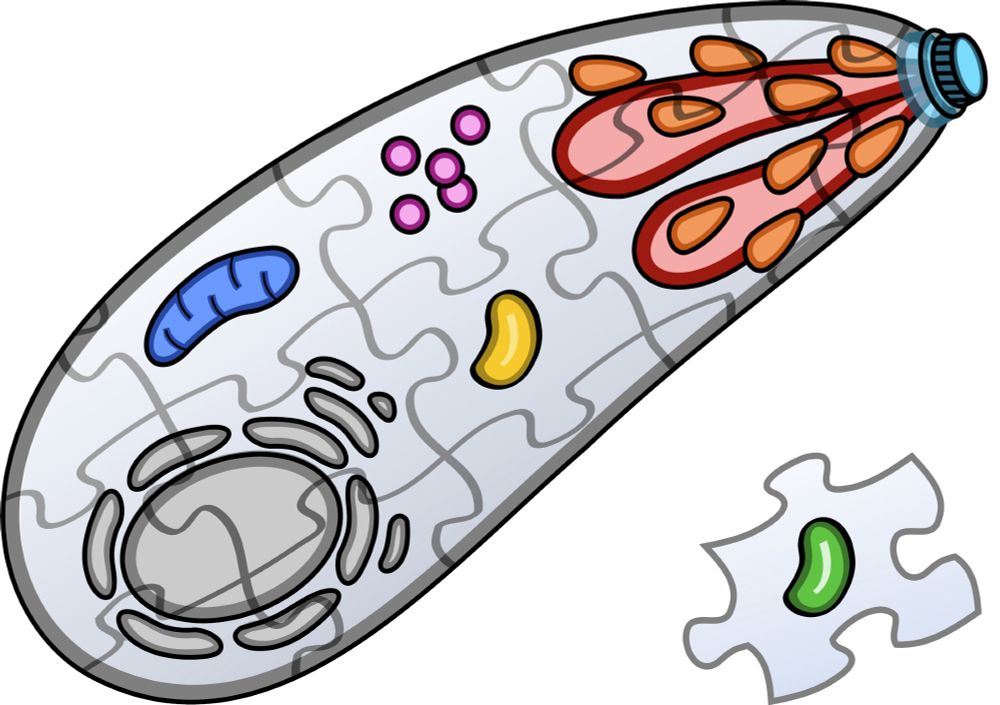
Check out our dispatch on apicomplexans that infect corals!
www.sciencedirect.com/science/arti...
These parasite-like partners have lost photosynthesis but retained chlorophyll... are they friend or foe?
@currentbiology.bsky.social #protistsonsky #symbiosky #microsky #coralreefs
13.03.2025 12:11 — 👍 44 🔁 25 💬 3 📌 0
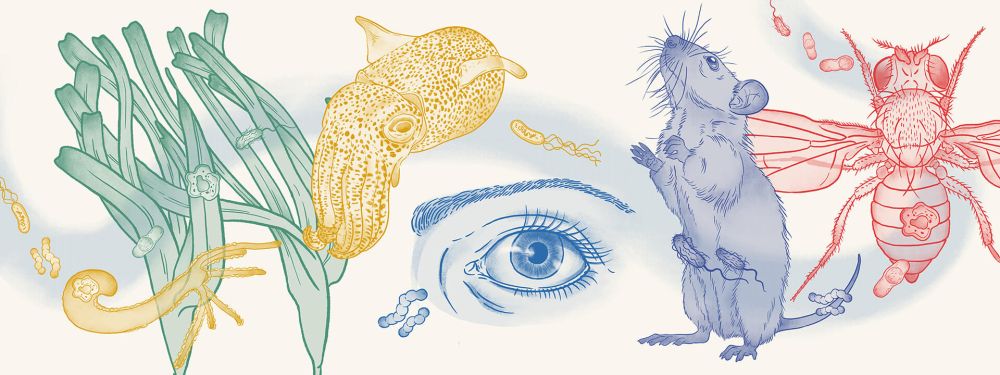
PhD Summer School on Host-Microbe Symbioses 2025
Symbnet PhD Summer School on Host-Microbe Symbioses Gulbenkian Institute for Molecular Medicine (GIMM) & Católica Biomedical Research Centre (CBR) July 06...
🚀 Registrations are open: 2025 SymbNET PhD Summer School on Host-Microbe Symbioses, Oeiras (Lisbon), Portugal
👉 gimm.idloom.events/phd-summer-s...
Please help us sharing this announcement 📣
@gimmfoundation.bsky.social #CBR @moorefound.bsky.social @crc1182.bsky.social #CIFAR
06.03.2025 14:08 — 👍 6 🔁 7 💬 0 📌 0
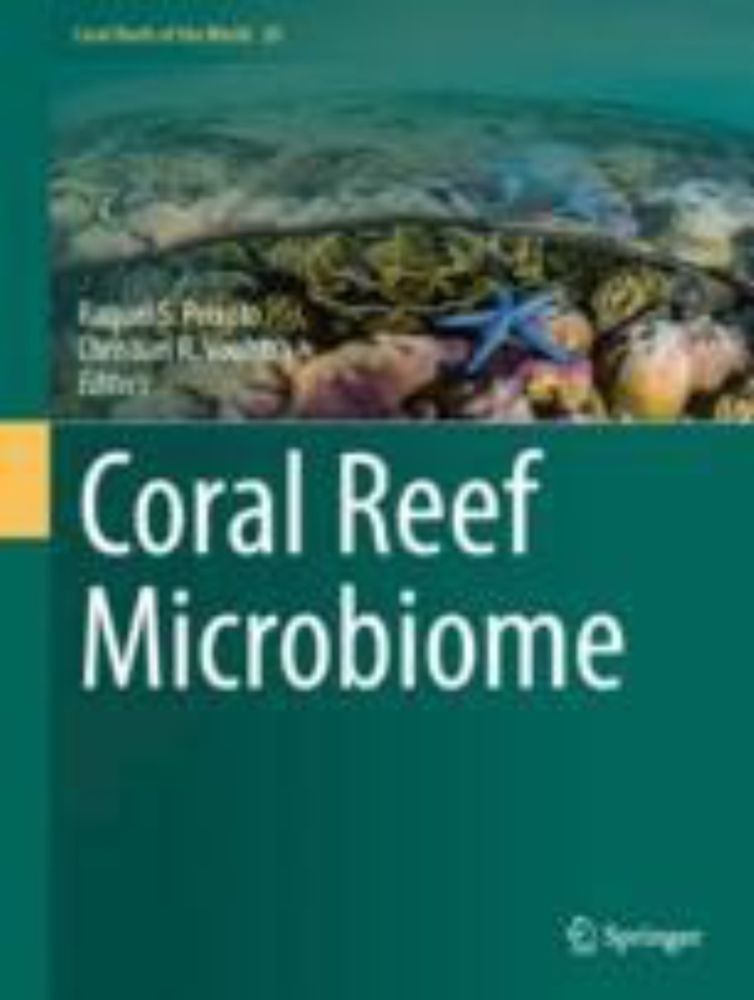
Coral Reef Microbiome
This book focuses on Structure, Function and Ecology of the coral microbiome and associated active interventions to conserve and restore coral reefs.
OUT NOW 'coral reef microbiome' by Springer Nature link.springer.com/book/10.1007... .. some 2.5 years in the making, jam packed: check out Ch.16 on Assisted Restoration as the sum of approaches required to deliver effective ecological restoration! Many thanks to all contributors @uni-konstanz.de
06.03.2025 15:06 — 👍 25 🔁 7 💬 0 📌 1
Invited speakers – Trends in Marine Host-Microbe Symbioses Symposium
Don't miss out, October 22-25, 2025: International Symposium – Trends in Marine Host-Microbe Symbioses with an exciting lineup of speakers marinesymbioses.eu/invited-spea...; looking forward to insightful & inspiring discussions; registration: marinesymbioses.eu/register/ @uni-konstanz.de
28.02.2025 09:05 — 👍 7 🔁 4 💬 0 📌 0
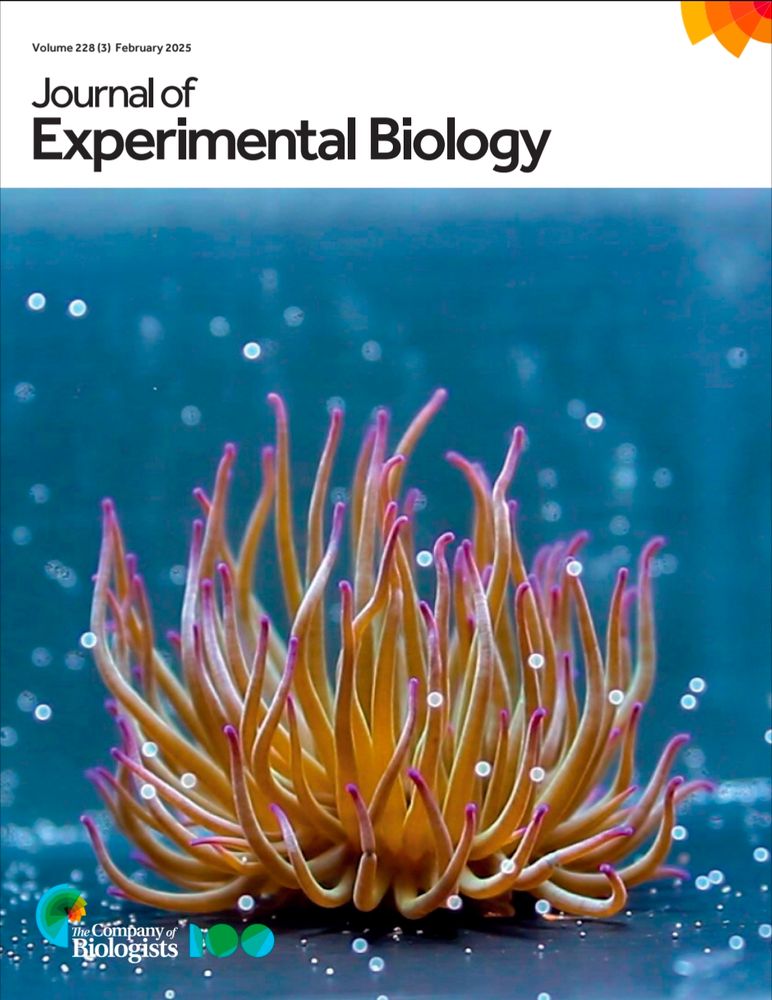
Woohoo! Our image made the cover! 🎉 @jexpbiol.bsky.social The image captures photosymbiotic Anemonia viridis pointing it's tentacles towards the light.
journals.biologists.com/jeb
17.02.2025 17:57 — 👍 50 🔁 12 💬 1 📌 3
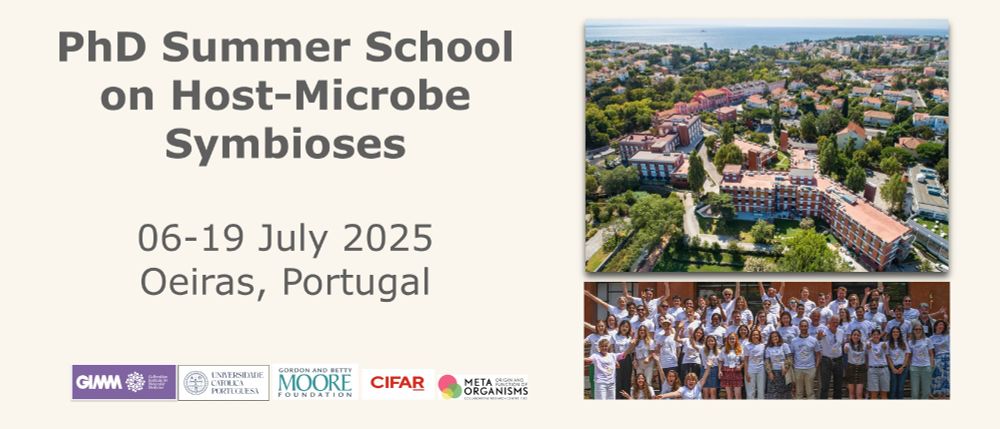
Save the date 📅: The PhD Summer School on Host-microbe Symbioses is taking place from 6-19 of July in Oeiras, Portugal.
Registration is opening soon!
Learn more 👉 gimm.idloom.events/phd-summer-s...
@gimmfoundation.bsky.social @moorefound.bsky.social
@crc1182.bsky.social #CIFAR #CBR
05.02.2025 17:27 — 👍 13 🔁 11 💬 1 📌 2
Thanks Ira!
06.02.2025 12:20 — 👍 0 🔁 0 💬 0 📌 0
The final paper from my PhD is out! Give it a read if you're into immunity, stem cells and guts! Thanks to @edanfoley.bsky.social and the rest of the team 💪
05.02.2025 20:22 — 👍 5 🔁 2 💬 1 📌 0
🥳🥳🥳
05.02.2025 15:38 — 👍 0 🔁 0 💬 0 📌 0
🥳🥳🥳
28.01.2025 17:44 — 👍 0 🔁 0 💬 0 📌 0
During my PhD, I met so many colleagues who only read papers for journal clubs or when their PI demanded it.
Reading the literature is a must for PhDs. It keeps you sharp, sparks ideas, builds critical thinking, and once it’s a habit, it’s even fun.
Young scientists: READ!
26.01.2025 10:30 — 👍 99 🔁 19 💬 3 📌 3
Congrats!! 🥳🥳
24.01.2025 21:11 — 👍 1 🔁 0 💬 0 📌 0
Together these data suggest RGD-binding integrins facilitate the uptake of symbionts but not non-symbiotic algae. Huge kudos goes out to @mela-doerr.bsky.social and all authors for these amazing insights. Integrins rock!
24.01.2025 15:08 — 👍 1 🔁 0 💬 0 📌 0
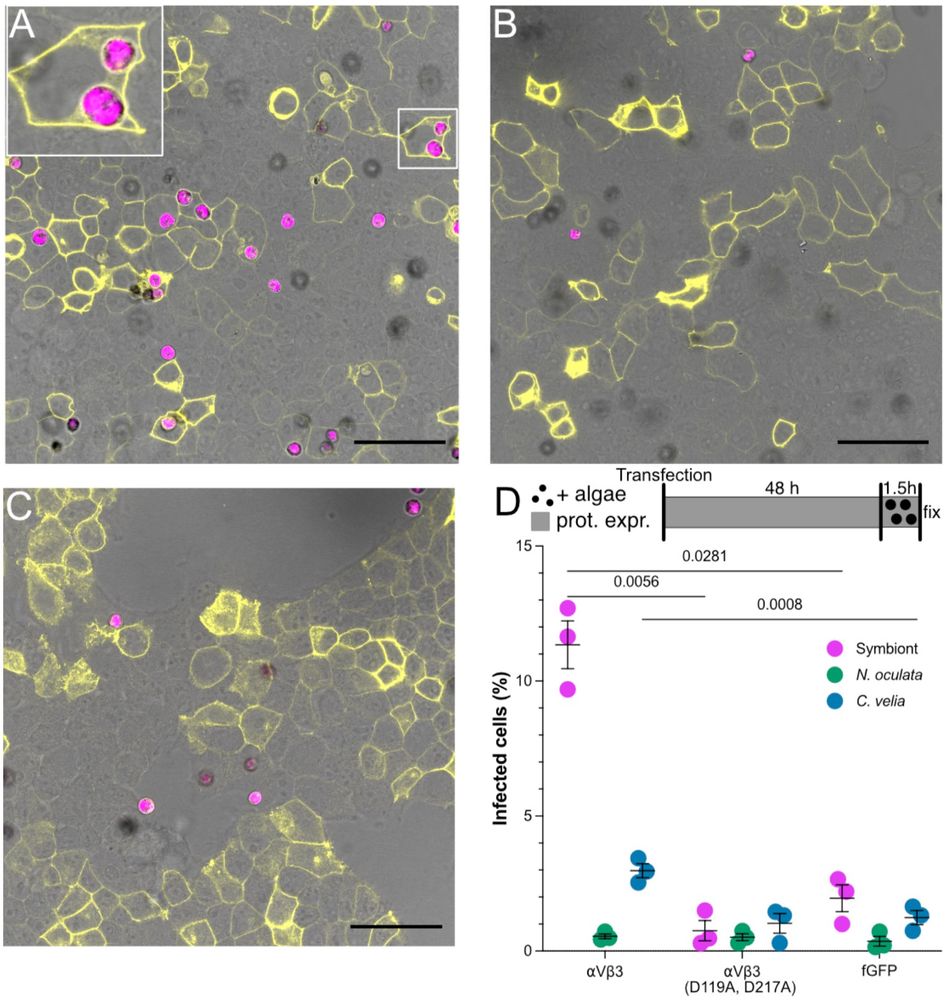
Fluorescence images of HEK cells over expressing (A) RGD binding integrins, (B) mutated integrins, or (C) fGFP control (yellow). Symbionts (pink) can be found inside cells with integrins over expressed but not in the control or when integrins are mutated. Quantification of this is shown as a percent of infected cells. Over expression of integrins increases the uptake of symbionts but not non symbiotic algae, whereas expression of mutated integrins or control plasmid shows low levels of algae uptake, regardless of whether it is symbiotic or not.
Finally, we over expressed the phagocytic RGD-binding integrins in HEK cells, which increased their capacity to phagocytose symbionts, but not non-symbionts. Mutation of the integrin binding site abolished the increase in phagocytosis.
24.01.2025 15:08 — 👍 2 🔁 0 💬 1 📌 0
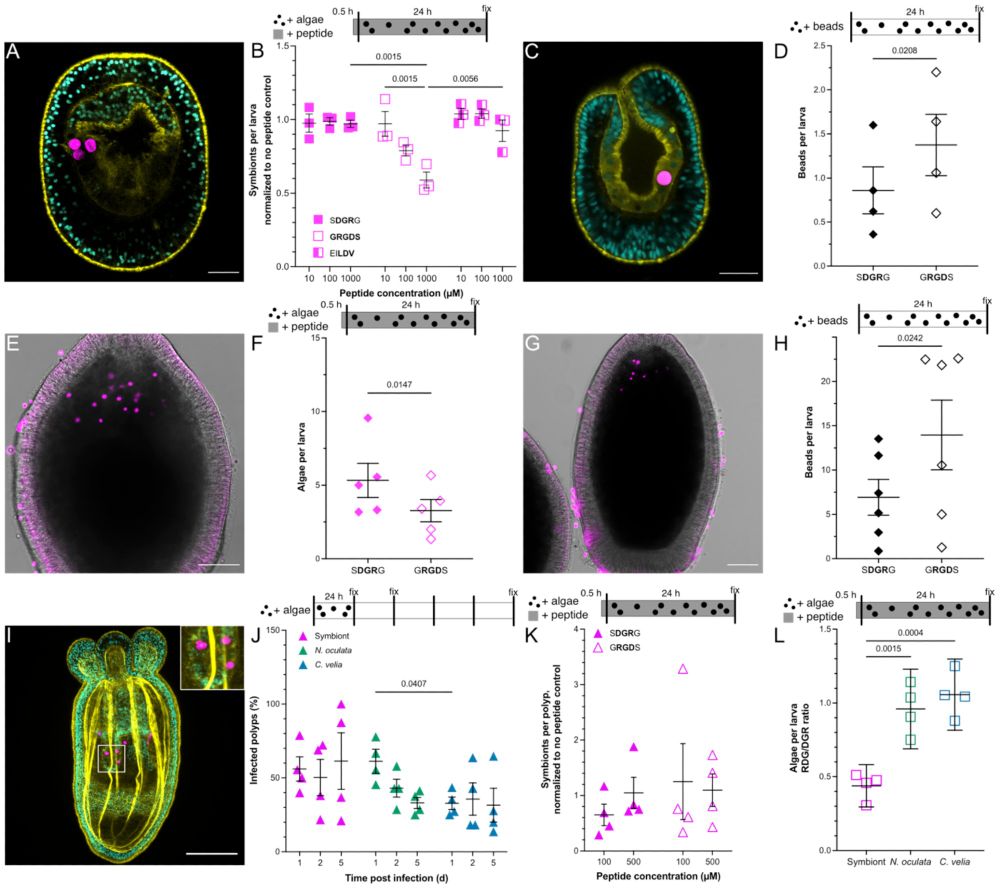
Fluorescence images of Aiptasia anemone, Acropora coral and Nematostella anemone larvae. Quantification of symbionts per larvae when exposed to either the RGD integrin blocking peptide or to a scrambled peptide control is shown. The quantifications show that RGD inhibits symbiont uptake into Aiptasia and Acropora larvae, both symbiotic cnidarians. However RGD does not inhibit the uptake of symbionts into Nematostella, a non-symbiotic anemone. Furthermore, inert beads coated with RGD peptide are phagocytosed by Aiptasia and Acropora larvae more readily than control coated beads. The last quantification show that RGD blockage only inhibits the uptake of symbiotic algae, but not non-symbiotic algae.
Using RGD peptides to compete with integrin binding sites we found that addition of RGD inhibited the uptake of symbionts into Aiptasia and Acropora coral larvae, but had no effect on non-symbiotic algae or in the non-symbiotic anemone Nematostella.
24.01.2025 15:08 — 👍 2 🔁 0 💬 1 📌 0
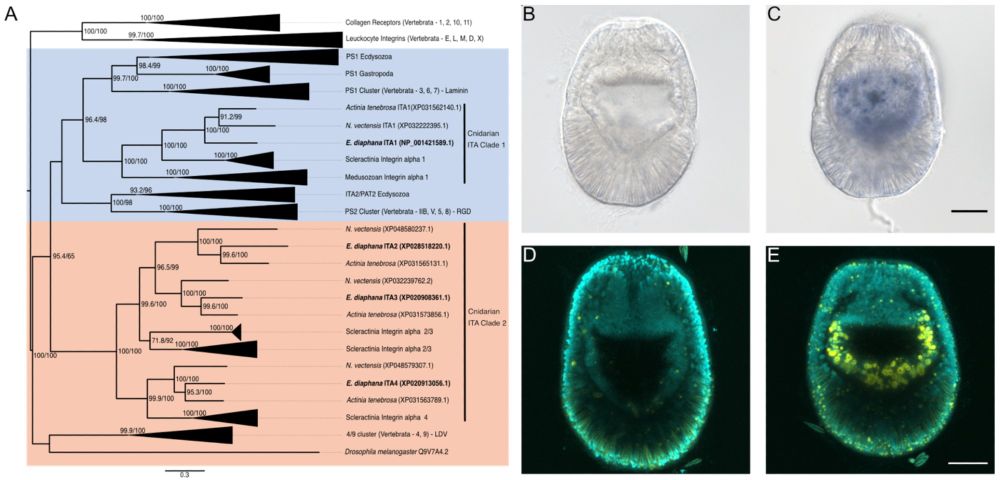
Phylogenetic tree showing that certain integrins from cnidarians cluster along with known RGD binding integrins from vertebrates. This particular RGD binding integrin is also shown to be expressed in endodermal tissue of Aiptasia larvae with in situ hybridisation. Since symbiosis takes place in the endoderm this suggests a function in symbiosis for this integrin.
By comparing cnidarian integrins with vertebrates we could identify alpha integrins that are similar to those that bind to RGD peptides, which are known to facilitate phagocytosis in other systems. This alpha integrin is expressed in endodermal tissue where symbiosis takes place.
24.01.2025 15:08 — 👍 2 🔁 0 💬 1 📌 0
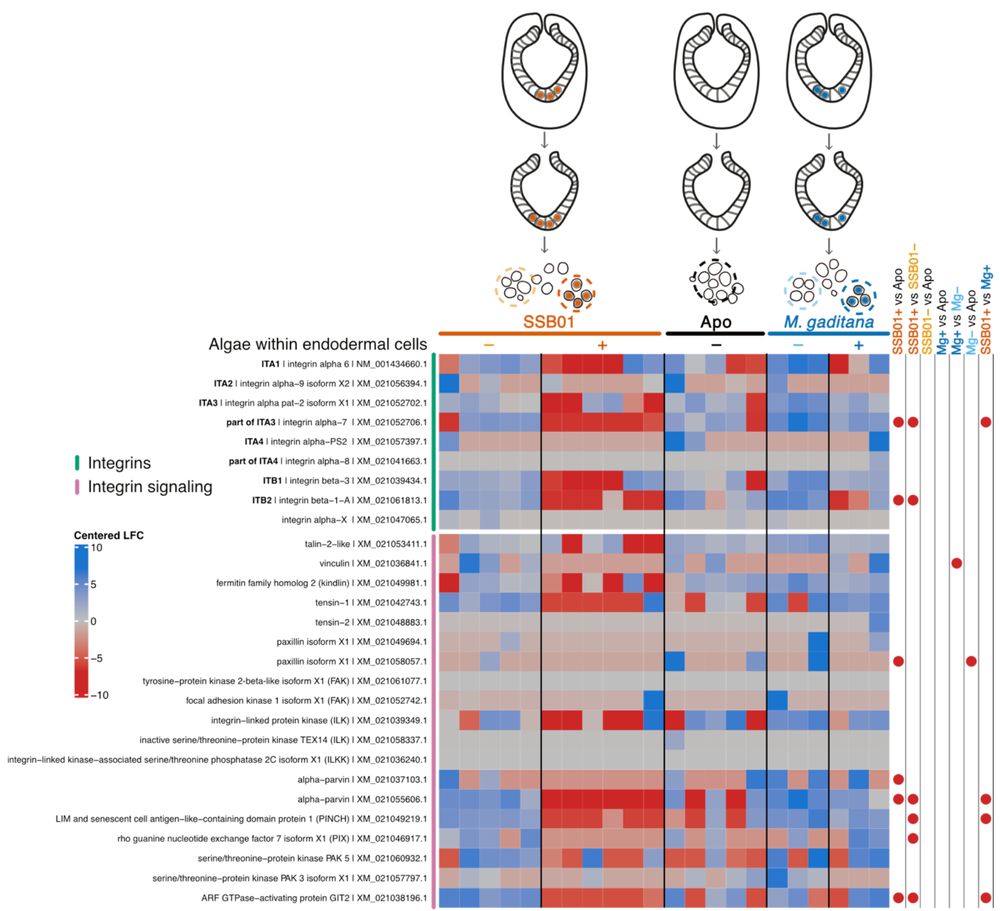
A heatmap of differentially expressed integrin and integrin signalling genes. Expression is compared between Aiptasia larvae endodermal cells that contain symbionts (SSB01), non-symbiotic algae (M. gaditana), or do not contain any algae. Multiple integrins and downstream signalling genes are significantly downregulated in cells with symbionts, while cells with the non-symbiotic algae have little to no effect on integrin expression.
We show that symbionts alter the expression of integrins and downstream signalling components in endodermal cells that take up symbionts, but not non-symbiotic algae.
24.01.2025 15:08 — 👍 2 🔁 0 💬 1 📌 0
Our interdisciplinary, international team of scientists at EMBL Barcelona provides state-of-the-art imaging facilities to scientists worldwide
https://www.embl.org/groups/mesoscopic-imaging-facility/
Research Scientist at UW SAFS Marine invertebrate reproduction & ecophysiology. Coral & oyster stress resilience. Info here: linktr.ee/ashuffmyer (she/her)
Research biologist and lover of nature, mostly bacteria, insects and (lately) birds
Assistant Professor at UT Austin's Marine Science Institute | Fishes, functions, and marine ecosystems | he/his | Views are my own
www.fishandfunctions.com 🐡📉
Ecologist @PSL 🇫🇷🇧🇷. Macro ecology, comparative ecosystem ecology, coral reefs, fish.
Protecting our oceans for a peaceful and sustainable future. #30x30 🏊♂️🦈🌍
https://lewispughfoundation.org/campaign/shark-swim-2025/
Own photos about diving in Pantai Sire - Gili islands in Lombok, Indonesia
Dive&Stay Gili - Lombok - Indonesia
https://terumbudivers.com/
Executive Creative Director in Advertising. Photographer. Scuba Diver. Sharing my underwater photography with the hope more people will care about protecting our oceans. DeepDownAFamily here and on Instagram.
Postdoc studying 🦈 schooling behaviors and kinematics @ FAU. Also working on reef fish functional evolution. Aquarium Diver. She/Her.
PhD in coral reef ecology 🪸
Marine Scientist, GIS nerd, all things ocean. Loves to be in the nature. Hawaii is home.
Teaching Fellow in Marine Biology, University of Southampton 🌊 | Postdoc with Dr Sophie McCoy, UNC | 2021 Knauss Fellow with NOAA's OAP | PhD OSU 🇬🇧🇺🇸
Coral archives | Past, present & future climate & environmental change | Paleoclimatologist/paleoceanographer at MARUM/University of Bremen | Coordinator DFG SPP 2299
www.marum.de/en/Coral-Paleoclimatology
www.spp2299.tropicalclimatecorals.de
Coral Integrative Biologist, 'omics-person and Principal Investigator at Victoria University of Wellington.
Mom and sponge researcher at @mncn-csic.bsky.social and scientific associate at @nhm-london.bsky.social. Interested in evolutionary biology of 🧽 . FLS. Views are my own.
NSF Postdoctoral Fellow @BostonUniversity studying #sex-specific influences of #climatechange on #corals, alumni @kemp_lab @UABBiology, @imesalab @UNCW; views are my own
PhD student in the Kenkel Lab at USC 🌊🪸
🏳️🌈 she/her - PhD Candidate, Putnam Lab, URI | corals, microscopy + biological responses to climate change | previously: technician @ibaums Lab | UChicago + @mblscience Ecology and Evolution
Coral Reef Watch Scientist @ NOAA 🪸 | Visiting Scientist @ University of Pennsylvania 🔬 | National Geographic Explorer 🤿












